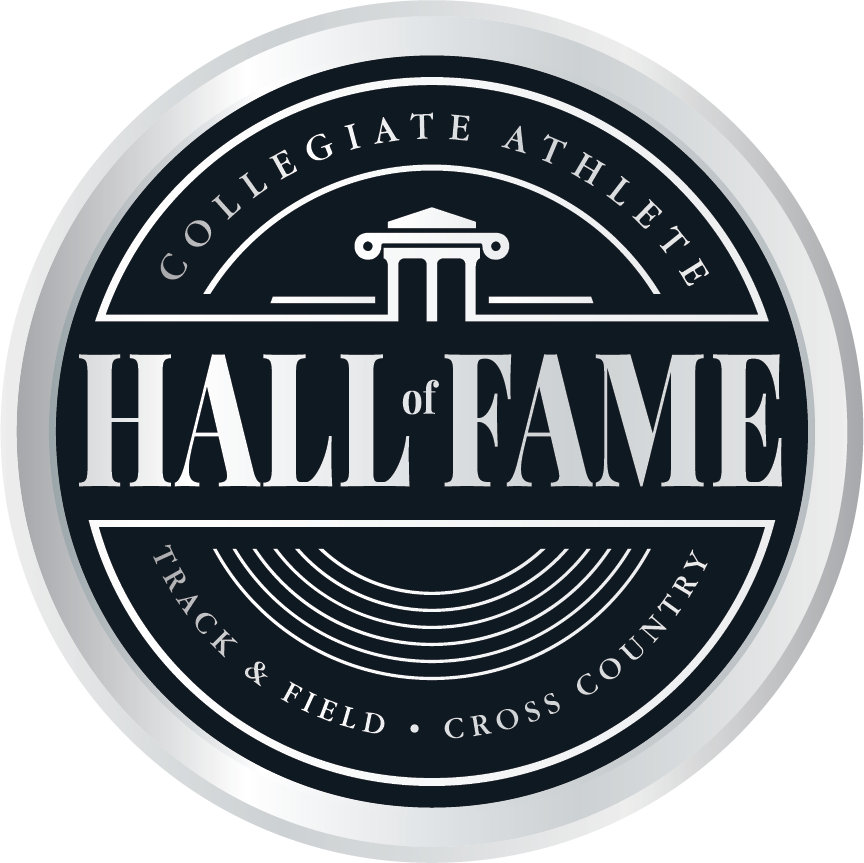Texas A&M’s Mills Set 440-Yard WR In 1969
“It was a helluva run.”
Those were the words of an aspiring journalism major at Texas A&M, named Curtis Mills, describing his own world record in winning the 1969 NCAA 440-yard title.
A record would not be a surprise, though.
After all, several of the men entered in that final had PRs superior to the existing world record of 44.8: Defending champion and 1968 Olympic 400-meter gold medalist Lee Evans of San Jose State went 43.86 (44.1 converted) in Mexico City the previous fall; Larry James of Villanova had run 43.97 (44.2 converted) to earn silver in that same Mexico City final. Mills wasn’t too far behind with his 440-yard best of 45.9.
Plus, Evans made his intentions clear, “I’m here to break the world record.”
But it wasn’t Evans’ record for the taking. Instead, that belonged to Mills.
As Dick Drake of Track & Field News wrote, “But Mills was keyed to win, and he told some people so. ‘There’s no pressure on me. I still haven’t seen my name in any papers. I’m in better position than Lee Evans and Larry James. You wait and see. My name will be in the headlines.’”
Halfway through the race James held a commanding lead with Evans, a fast finisher, in fifth; Mills was “in virtual last.” As they made the turn down the homestretch Evans was in control as James began to fade. “But then Mills, with the same instant speed Evans had used to discourage James, moved past Evans.”
The result was a WR 44.7 for Mills with Evans second in 45.1 (a PR for the 440) and James fifth (45.8). Drake called it “the most shocking performance of the 1969 track season.”
The little-known native of Lufkin, Texas, was now famous. His previous claim to fame was being the first Black athlete signed to an athletic scholarship in any sport at Texas A&M – a situation he spoke about years later.
“I don’t know about how other African-Americans felt about racial issues at that time, but it wasn’t a barrier at Texas A&M” he told Rusty Burson for The 12th Man Foundation in 2004. “In the process of learning how to “hump it” and do the yells and learn all the other traditions, I just felt like an Aggie. Not a black Aggie. You don’t have time to worry about who has what or how rich or poor you are, or whether you’re white or black. I just wanted to be an Aggie, and those students wanted me to be an Aggie.”
